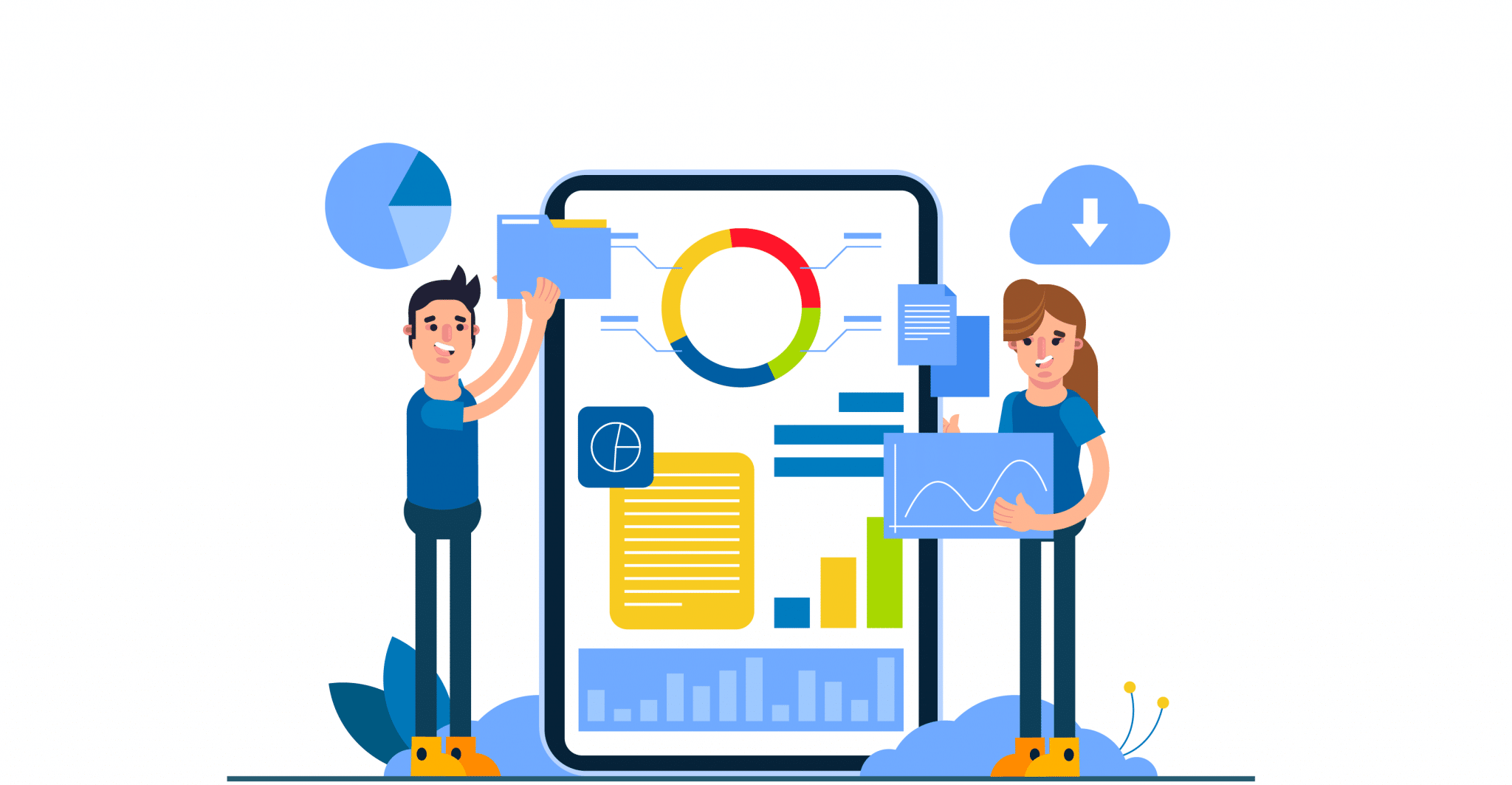You may have come across the term ‘agile development’ a lot over the past few years—especially since it is a methodology that is increasingly being adopted by software teams.
Let’s take a look at what agile development means in software.
Agile is an iterative approach in software development and project management, used by teams. It emphasizes on factors like collaboration, continuous delivery, responsiveness to change, open communication, and transparency. These factors, and more, operate together to provide more value to the end-user and deliver the product faster.
Core principles underlining agile development
- Emphasis on individuals and collaboration over process and tools
- Timely and continuous delivery of software
- Responsiveness to change, rather than following a fixed plan
- Working software over detailed documentation
- Open communication and frequent catchups between team members
- Continuous feedback given throughout the development process
- Customer collaboration over contract negotiation
How is agile different from other methodologies?
The main factor that differentiates agile from traditional methodologies or the waterfall model, is the sequence followed through different phases of the project. In traditional or waterfall, it remains linear and follows a fixed pattern, whereas in agile, it is iterative and changes continually as the project progresses.
Through the iterative approach, the work is completed in short increments, referred to as sprints. A sprint typically lasts one-four weeks, during which the team works towards achieving a specific goal.
Types of agile frameworks
Scrum: This framework is a team-based approach, typically used by self-organizing agile teams in project management. It is characterized by sprints.
Agile development has several frameworks; let’s have a look at a few common ones below.
Feature Driven Development (FDD): This iterative and incremental framework is based on the progress made on features, as implied by the name. It is well-suited for long-term development.
Dynamic Systems Development Method (DSDM): based on the following principle: “any project must be aligned to clearly defined strategic goals and focus upon early delivery of real benefits to the business.” Projects are typically completed on time using this framework, and on budget.
Crystal: emphasis is on individuals and interactions, rather than on processes and tools. Teams are open to seeking new ways to improve their workflows, according to the project requirements at a given time.
How will agile benefit you?
- Flexibility: agile approach allows room for changes throughout the development process, so you don’t have to rely on a fixed model.
- Continuous improvement: Since agile teams meet regularly to discuss and share feedback, mistakes are detected early which create room for improvement whenever needed.
- Better communication with client: Since agile encourages collaboration with clients, the process develops a stronger seller-client relationship leading to greater customer satisfaction.
- More autonomy with team members: When team members have more power to make decisions and call for changes, they will feel more empowered. This will develop a more motivated team, leading to higher productivity and thus better results.
- Better quality end-product: Continuous improvement throughout the project lifecycle, that too with an empowered workforce that is free to call for changes at any point, leads to development of a higher quality product that may face restrictions otherwise.
- Lesser risks: Since agile is focused on continuous delivery through sprints, there are lesser chances of failure since adjustments can be made wherever.
If you are looking for an agile testing tool, Kualitee is a solid option as it provides all the features that agile teams need for software testing.


























